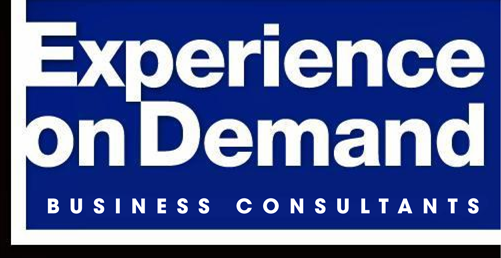
So, what is a dashboard?
The Dashboard in your car is not what we are talking about in this article. However, it is a great example of what a dashboard should be. Why? Because it shows all the important functions needed to operate the vehicle and what may need attention to keep it in good working condition to operate efficiently or what needs to be repaired or tweaked. Critical areas include speed, fuel level, tire pressure, etc.
So the big question, is “What are the critical areas your company should monitor for your particular dashboard?”
Your dashboard should be a financial reporting tool for the CEO, other Executives, operations people of the company and sometimes third- party readers of the financial statements. If properly implemented, it will help them better understand financial results and save them time in the process of analyzing or understanding those results while focusing on the most important aspects of the financials.
The Dashboard becomes a visual presentation of the financial and operational results of your business. Most people are visual and do not always understand numbers nor do they want to spend the time trying to understand them or they can be intimidated by looking at the financials.
So, a dashboard is a tool designed to highlight in summary and pictorial format the important aspects and drivers in your business that are the most critical success factors to achieve your company’s strategic objectives and business plans. It also clearly defines the expected results to establish accountability and commitment.
DEVELOPING THE COMPONENTS OF YOUR DASHBOARD:
In developing the measures and components of your dashboard we need to:
- Select people Involved in the Planning that understand the Strategic Objectives of the Entity
- Select a team of people that are instrumental in the operations and planning and are responsible for the results of their departments or divisions.
- Have these people determine the Critical Success Factors (CSF’s).
- Then select the metrics and KPI’s (Key Performance Indicators) that are meaningful to the various individuals that will see the dashboard. Many companies use this tool to run their businesses and combine the dashboards with the ability to “drill down” to additional detail.
There may be a long list of metrics used for both internal and external purposes. Naturally, the internal ones will be much more detailed, and will be combined with task lists with due dates and personnel assigned to the various tasks for accountability purposes. The Dashboard is generally used for external purposes (banks, stockholders, vendors and customers, etc.) and the Executive Officers to get a quick picture of the financial state of the business without getting buried in the detail. It is a financial and sometimes performance management summary of the business presenting the most prominent KPI’s and metrics to readers. The Dashboard will often be presented in the form of:
- Graphs (linear, bar, circular)
- Pie Charts
- Interactive maps and other visual presentations.
Website Dashboard
Examples of the financial KPI’s and metrics presented are:
- Working Capital
- Quick Ratio
- Summary Financials showing differences between Budget and actual results
- Cash Conversion Cycle
- Accounts Receivable
- Days Outstanding
- Aging
- Normal Collection Time
- Accounts Payable
- Aging
- Normal Payment Period
- Warranty Claims
- Return on Investment, Return on Equity, Return on Assets
- Other important Drivers of the Business (each business will be different). These drivers usually align with the Strategic Plan and objectives of the business.
Some companies go as far as to have multiple Dashboards for the CEO, Stockholders, for various department heads and for other functions.
The Dashboards if properly designed and reported, can be an invaluable tool to Company Heads and personnel. Imagine driving your car without knowing the speed or fuel level. Driving blind is dangerous and so is running your business without the proper information to help direct your decision making process.
How Experience on Demand will help implement an effective dashboard for your company.
Developing an effective dashboard is all about asking the right questions. As part of our strategic planning process, we’ll work with you to understand and identify the Key Performance Indicators that are crucial to helping your company achieve its goals and objectives.
Once they’re identified, there are software products that can help you develop the actual dashboard. We can recommend which one to utilize, or you can implement development on your own. Either way, you’ll find that a dashboard will become invaluable in bringing clarity and focus on the key areas of your business.
Barry Worth
partner
314.795.6014
barry.worth@experience-on-demand.com
